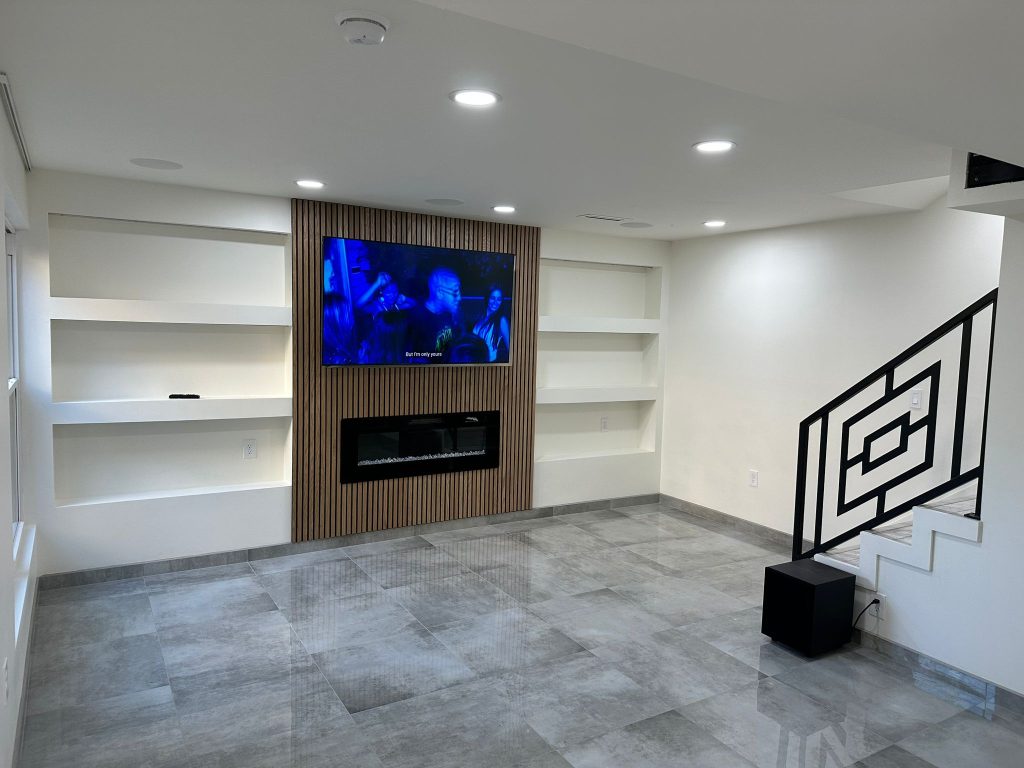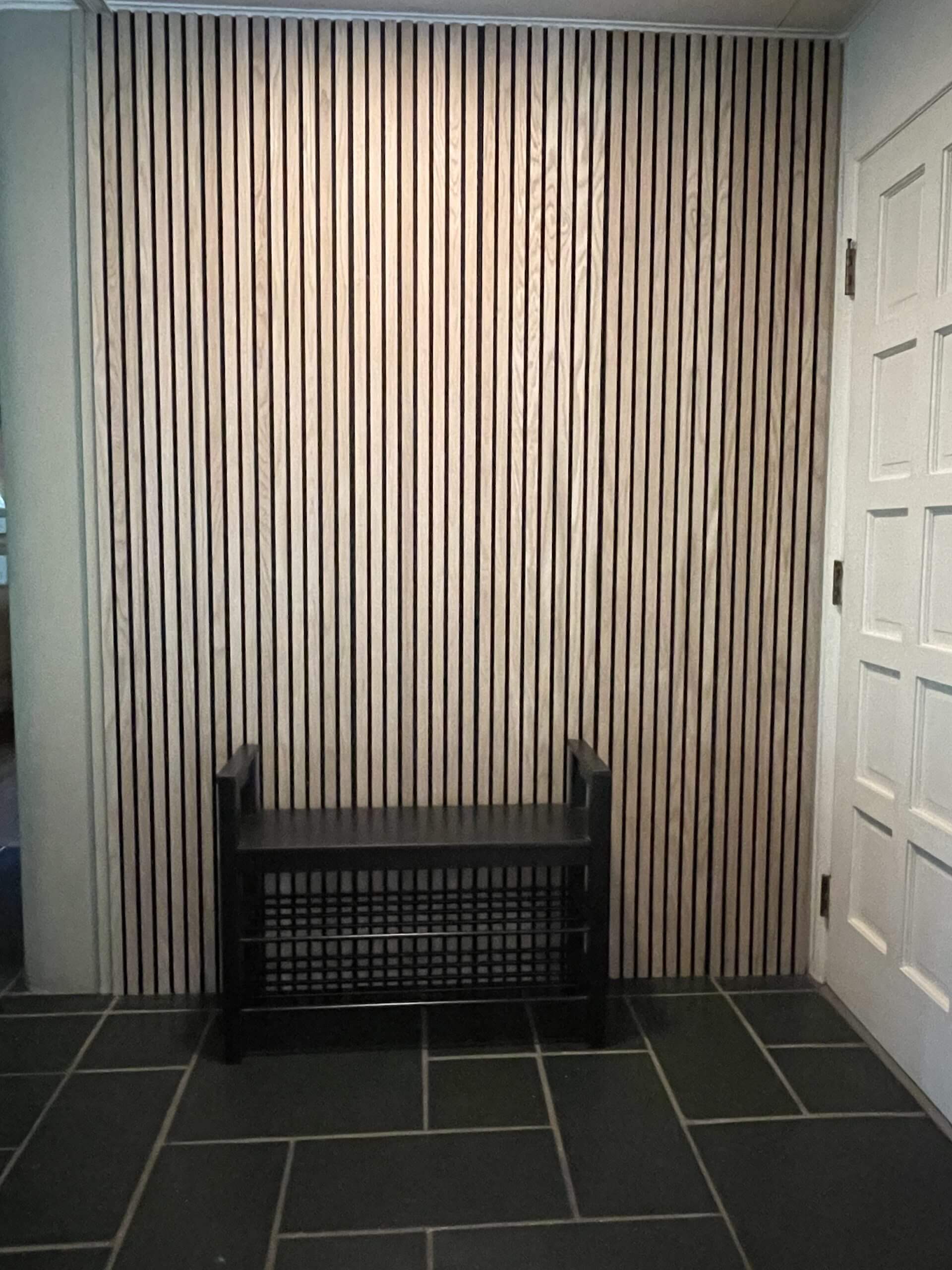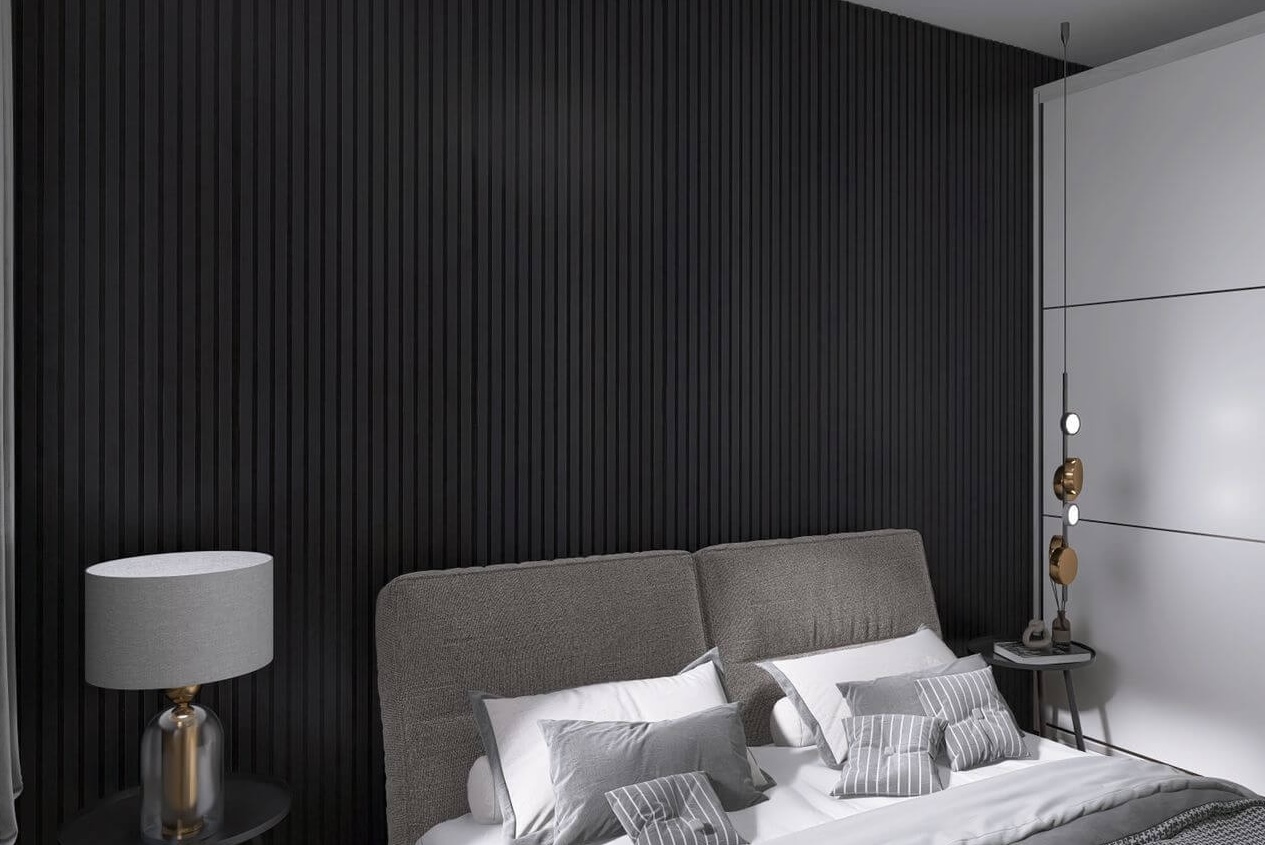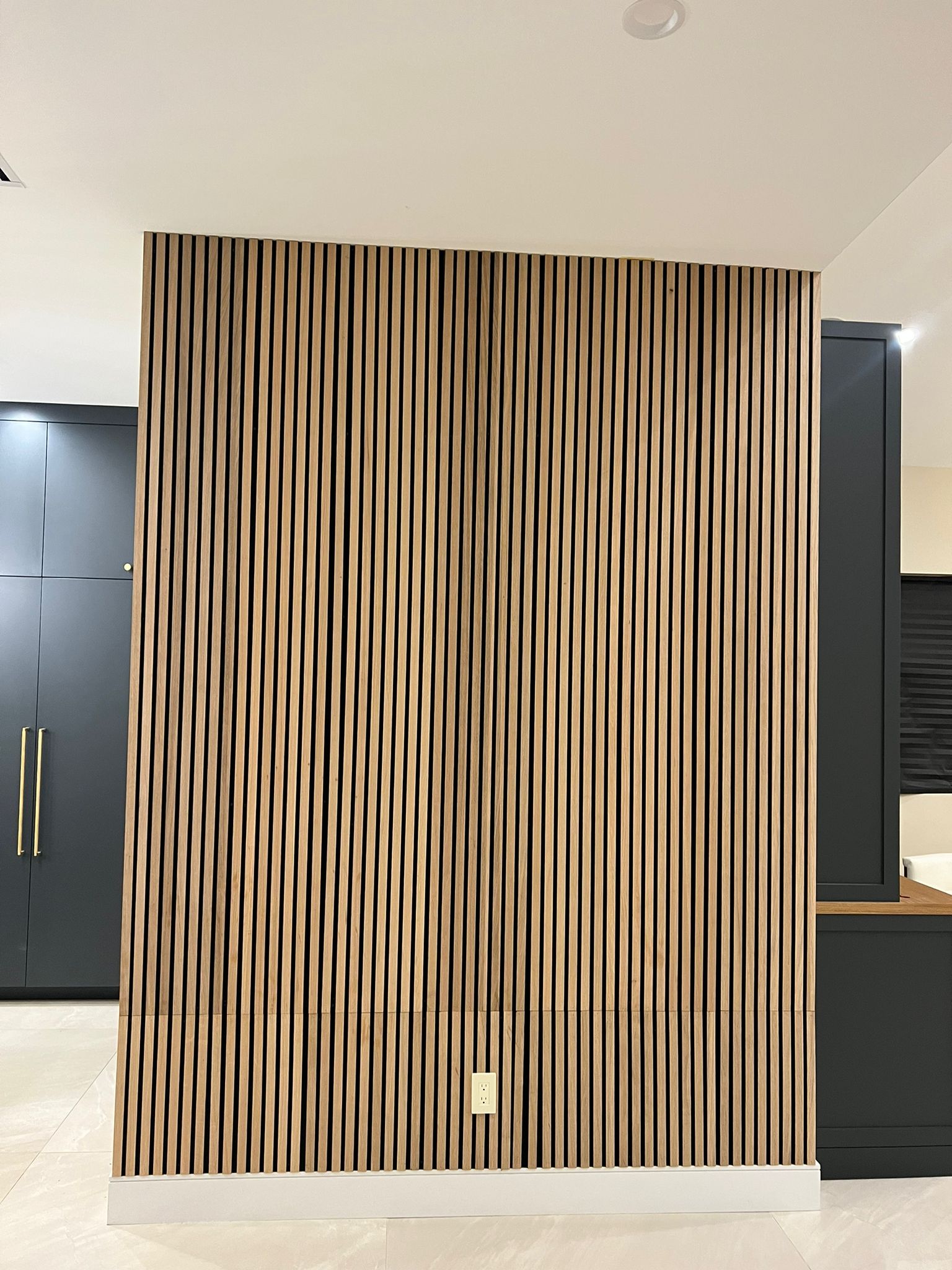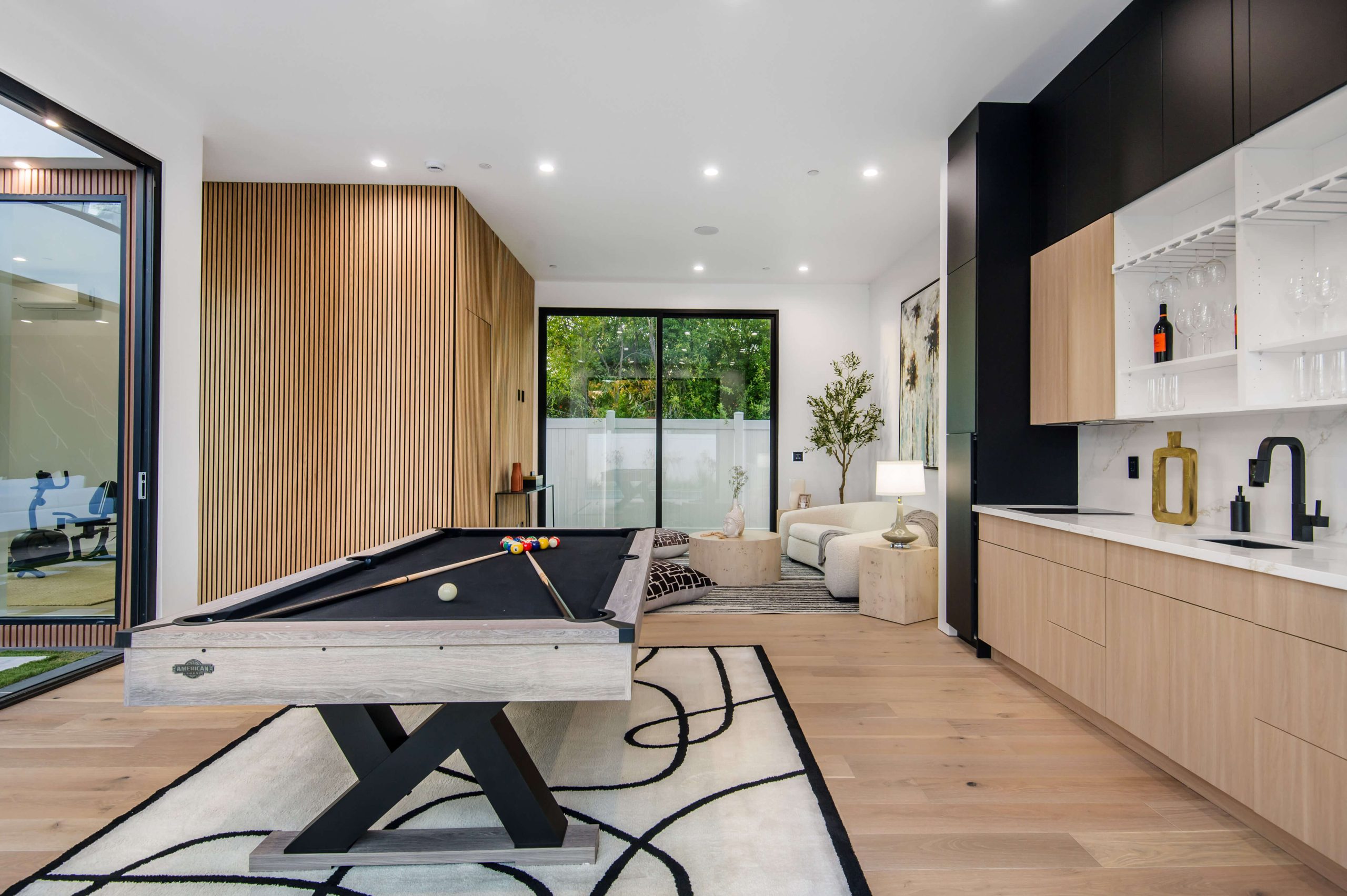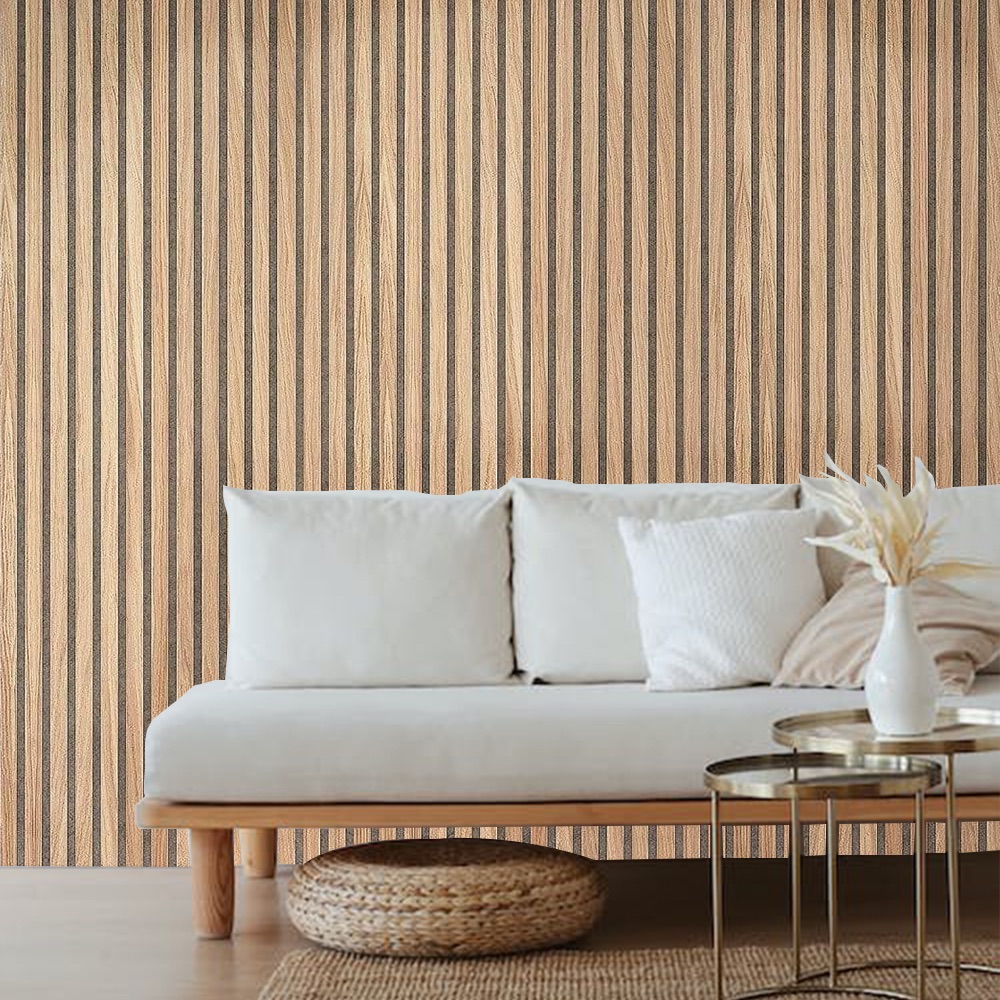When it comes to choosing the perfect wood panel for your home or office, the battle often comes down to Natural Oak vs MDF. Both materials offer unique qualities, but the real question is—which one stands the test of time, beauty, and value?
Before diving in, let’s take a quick look at one of the most stylish options out there: Slatted natural oak wall panels that blend elegance with sound absorption. If you’re craving a cozy yet luxurious look, that’s a great starting point.
Now, let’s roll up our sleeves and explore this topic the way real people talk about real homes.
Natural Oak vs MDF: What Are They Really Made Of?
We can’t talk about Natural Oak vs MDF without understanding what these materials are. It’s like comparing apples and pancakes if you don’t know what’s in them.
- Natural Oak: Real wood cut straight from oak trees. It keeps its original grain, feel, and texture. This type of wood often has knots, swirls, and deep, warm tones that add character.
- MDF (Medium Density Fiberboard): Made by breaking down wood into small fibers and pressing them together with wax and resin. It’s smooth, uniform, and doesn’t show natural grain.
Let’s break it down further:
| Feature | Natural Oak | MDF |
|---|---|---|
| Grain & Texture | Visible, unique, authentic | Uniform, flat, no grain |
| Durability | Strong, lasts decades | Not as durable, prone to damage |
| Moisture Resistance | Better with sealant | Easily swells if wet |
| Cost | Higher upfront | Budget-friendly |
| Weight | Heavier | Lighter |
Natural Oak vs MDF: Beauty and Feel
When people touch or look at wall panels, the feeling matters. That’s where Natural Oak vs MDF really shows contrast.
- Natural oak panels have a charm that’s hard to fake. You can see the rings of the tree, the waves in the wood, and even the way light hits it differently.
- MDF, on the other hand, feels smooth. It’s ideal if you want a clean, modern look without all the natural drama.
Want to see a blend of class and modern design? Check out this oak-finish walnut panel that brings real warmth to any space.
Natural Oak vs MDF: Where Do They Work Best?
Let’s talk real-life use. Where you use your panels makes a big difference in the battle of Natural Oak vs MDF.
Natural Oak fits perfectly in:
- Living rooms
- Bedrooms
- Cozy reading nooks
- Offices where character matters
MDF works well in:
- Kids’ rooms (easy to paint)
- Quick renovations
- Commercial spaces
- Temporary setups
Real oak adds value, warmth, and personality. MDF brings ease, low cost, and simplicity.
For darker tones that still use oak finishes, look into these bold, black wall panels that mix strength and elegance.
Natural Oak vs MDF: How Do They Handle Time?
We all want our walls to age well. With Natural Oak vs MDF, the test of time is a big deal.
- Natural oak gets better with age. It deepens in color and holds up against bumps and scratches.
- MDF often chips, swells, or breaks down if not handled gently. It’s not the hero in homes with high foot traffic or wild little kids.
Think of natural oak like a leather jacket—it tells a story over time. MDF is more like plastic—smooth at first, but it can wear out fast.
Here’s a neat example: Grey felt-backed oak panels offer a fresh, modern spin on tradition. It’s where old meets new.
Natural Oak vs MDF: Installation and Care
If you’re handy or hiring a pro, how hard are these panels to install?
Natural Oak Pros:
- Can be nailed or glued
- Heavier, needs stronger support
- Needs a finish (oil, varnish, wax)
MDF Pros:
- Lightweight, easy to cut
- Paint sticks well
- Doesn’t need sealing, but hates water
Care tips:
- Natural oak loves gentle cleaning and regular oiling.
- MDF likes to stay dry and dust-free.
If you’re planning a DIY project, think about how much time and effort you want to invest.
Natural Oak vs MDF: Which One Is Greener?
We care about the planet, and many homeowners do too. So how does Natural Oak vs MDF compare in terms of sustainability?
- Natural oak comes from trees, but responsible forestry and reclaimed wood options make it eco-friendly.
- MDF recycles wood bits, but it uses resins that can release VOCs (volatile organic compounds).
So while MDF reuses material, oak gives you a longer life span, meaning less waste over time.
Want to turn your space into something straight out of a design magazine? Have a peek at this cozy transformation using acoustic panels for some fresh ideas.
Natural Oak vs MDF: The Final Thought
When it really comes down to Natural Oak vs MDF, the winner depends on your needs. Do you want timeless charm or quick style? Are you building your forever home or fixing up a rental?
To help you decide faster, here’s a quick guide:
Choose Natural Oak if you want:
- A rich, natural look
- Long-lasting material
- Unique wood patterns
- A high-end feel
Go with MDF if you prefer:
- A lower-cost option
- Smooth, modern finish
- Easy installation
- Flexibility in colors
Both have their place. But if your goal is to make a lasting impression, natural oak might just edge out its rival.
The beauty of oak tells a story you can see and feel. And with more homes going for depth, comfort, and character, it’s no wonder more folks lean toward real wood.
So, what kind of vibe are you going for? Whether it’s timeless charm or modern simplicity, there’s a wood panel waiting for you.
Explore our range and let your walls do the talking.
FAQs
1. How do I know if natural oak is better for my space than MDF?
If you’re looking for a long-lasting, rich, and warm look, natural oak is your best bet. It works great in living rooms, offices, and places where you want a premium, cozy feel. MDF is better if you’re updating a space quickly on a budget or want something easy to paint and install. Think about how often the room is used, your style, and how much you’re willing to invest long-term.
2. Will MDF panels hold up in rooms with moisture like bathrooms or kitchens?
Not really. MDF tends to swell or warp when it gets wet, even from just high humidity. If you’re thinking about wall panels for a bathroom or kitchen, natural oak sealed with a water-resistant finish will handle moisture much better over time.
3. Is natural oak harder to install than MDF?
Natural oak is heavier and might need a bit more muscle or professional help for installation. But once it’s up, it stays strong and beautiful for years. MDF is lightweight and easier to cut, so if you’re doing it yourself, it might be quicker and simpler—but not as durable.
4. Can I paint or stain both MDF and natural oak panels?
You can paint both, but the results are different. MDF has a smooth surface that takes paint very well. Natural oak can be painted too, but most people prefer to stain it or oil it to show off the natural grain. If you’re after a wood look, staining oak will always give a more authentic finish.
5. Are natural oak panels really worth the higher price?
Yes—if you’re after quality and a timeless finish. Natural oak adds value, lasts longer, and gives your space a natural warmth that MDF can’t fully match. It’s a bigger upfront cost, but the look, feel, and durability often make it a better long-term choice.

